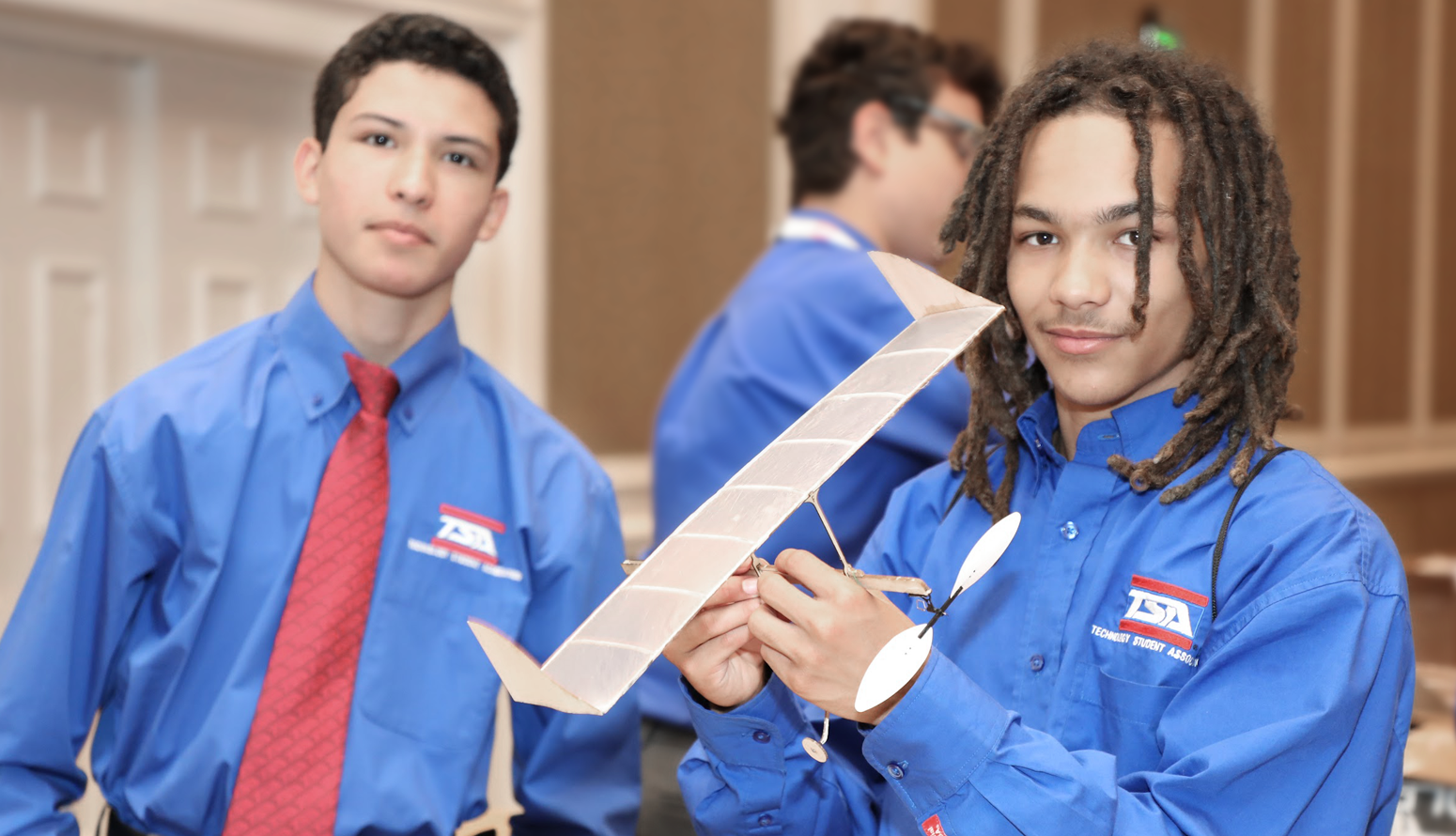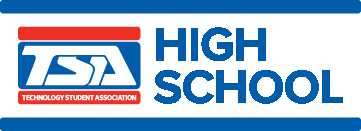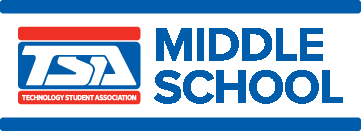In the High School Competitive Events Guide for the 2025 and 2026 National TSA Conferences, TSA offers 40 high school competitions. The eligibility chart provides the eligibility requirements for each competition and is applicable to the national TSA conference. (State delegations may choose to alter their events for local conferences. Click on your state to preview the requirements pertaining to your regional and/or state conferences.)
Digital Video Production
Dragster Design
Drone Challenge (UAV)
Engineering Design
Extemporaneous Speech
Fashion Design and Technology
In the Middle School Competitive Events Guide for the 2026 and 2027 National TSA Conferences, TSA offers 37 middle school competitions. The eligibility chart provides the eligibility requirements for each competition and is applicable to the national TSA conference. (State delegations may choose to alter their events for local conferences. Click on your state to preview the requirements pertaining to your regional and/or state conferences.)
Biotechnology
To address the annual theme, participants select a contemporary biotechnology issue and demonstrate understanding of the topic through their documented research and an original display. Semifinalists participate in an interview.


